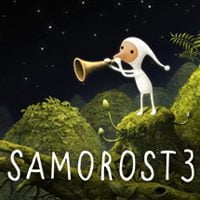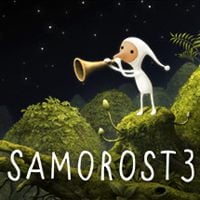Samorost 3 Review: A fairy-tale journey through images and sounds
The Czechs at Amanita Design have invited us on a journey through fantastical worlds. This fascinating experience will be a source of delight to those who value aesthetics and attention to detail above all else.
The review is based on the PC version. It's also relevant to AND version(s).
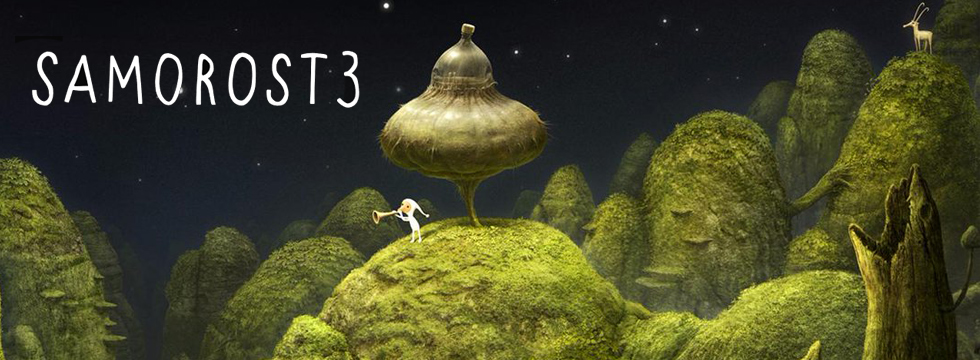
- Gorgeous graphics;
- A unique audiovisual experience;
- Meticulously crafted world full of opportunities to interact with the environment;
- Plenty of cute sequences;
- Introduces mechanics that allow sound-based communication with the environment;
- Imaginative, cleverly implemented puzzles...
- ...with solutions that sometimes seem illogical;
- One could use a couple more hours in the world of Samorost.
Although the recent years have provided plenty of evidence to the contrary, there's no shortage of naysayers claiming that digital entertainment – allegedly the lesser kind of fun – is unable to deliver an aesthetically pleasing (or story-related or even intellectual for that matter) experience equal to other areas of modern culture. It's a funny thing to say, especially when we remember how TV shows used to be disdained, up until recently, as modern pulp for Tom, Dick and Harry, while today we are witnessing the golden age of television, where serialized features can provide something interesting for every person seeking more ambitious entertainment – regardless of whether they are looking for a neatly drawn plot, innovative topics or emphasis on the visuals aspects.
The same holds true for modern video games; in the ocean of ambitious productions released every year it is really not that difficult to find a title that will meet even the greatest of expectations. The latest little piece of art (and I’m using this phrase consciously) from Amanita Design, a game highly anticipated by the fans of the team's previous productions, does not disappoint. It's a beautiful adventure that takes the player to a fantastical universe where a common Puffball can double as a spaceship, reptilian creatures organize a jam session, and the shell of a giant turtle is covered with bubble wrap. What’s more, all those charming oddities are constantly accompanied by cosmic humming, hooting, chiming, and a myriad of other weird noises out of this world, both literally and figuratively.
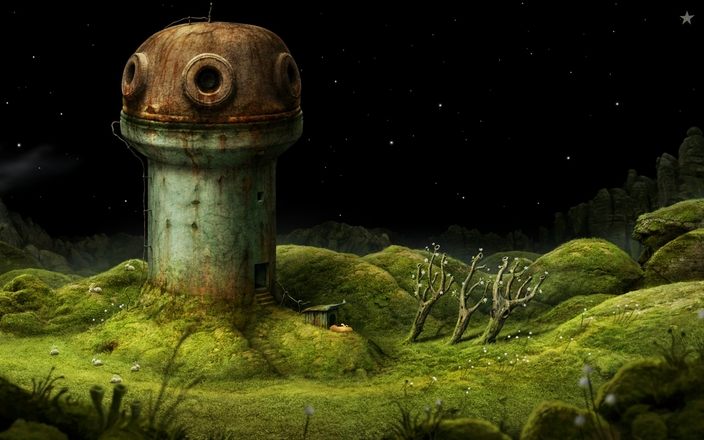
Out of this world
Our adventure begins on the home planet of our gnome hero, a site well-known from the previous installments in the Samorost series (although the difference in the level of visual quality and attention to detail sets those locations light-years apart). By a cosmic twist of fate, a very special trumpet lands in our hero's garden, and quickly finds its way to his inventory. To leave no doubt as to what is expected from us, our home comes with a telescope through which we can take a peek at distant worlds. Just to be sure, a very tempting vision of an interplanetary travel seen in a dream encourages us to take action. And so, the curious little fellow, who is by no means a stranger to such escapades, once again leaves his cozy corner of the universe behind. While visiting various celestial bodies, we get to learn the details of the cosmic commotion our hero had involuntarily gotten himself involved with.
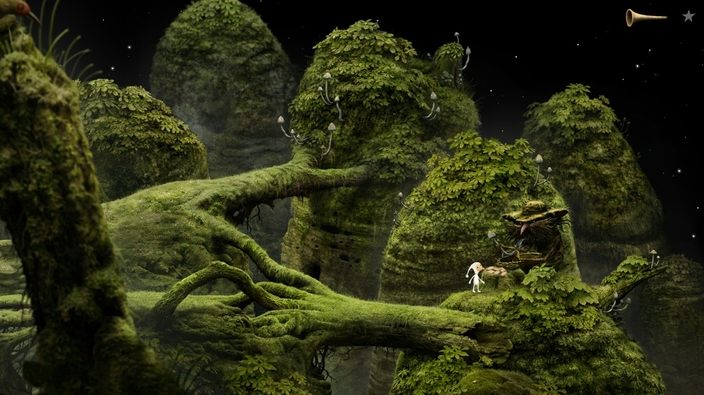
As we can see, the story is not overly complicated, but it was never intended to be the game's centerpiece. Its most enjoyable part, even more so than finding solutions to the puzzles, is the exploration of the numerous fairy-tale-like celestial bodies. And there is a lot to explore and admire, since the title, created by the Czechs from Amanita Design, is defined by an impressive attention to detail and meticulous approach. The planets we visit in the course of the game, although rather small at first glance, are home to a variety of creatures, plants, and objects, most of which are interactive. Our curious exploration, not necessarily related to the main objectives, is rewarded by the environment in several different ways – with an amusing wiggle, movement, sound, or even a complete piece of music. In the latter case, our hero, unable to resist the gleeful atmosphere, will join the fun, dancing to the beat. Such moments are the greatest source of pleasure the game has to offer – for a moment we can forget about the puzzles, sit back and soak up the charming little scenes that unfold before our eyes and ears.
Samorost after a facelift
The strongest point of this production is the meticulous and highly-detailed artwork – it simply makes you want to click on anything and everything. On the visual side, Samorost 3 has a bit more in common with Machinarium (and a lot more with Botanicula) than with the previous installments in the series. The prequels were more like an exercise for the studio and, while nice and cute, they were hardly jaw-dropping. However, simply stating that in terms of visuals the game has been refined to the smallest detail doesn’t do justice to the unique aesthetics of this production. Let's have a closer look then.
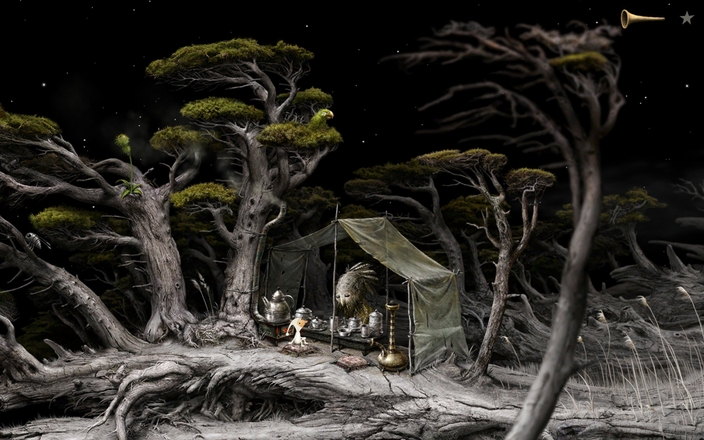
When visiting a planet, we explore its surface (and what’s beneath it) a bit like a child reading through an illustrated collection of fairy tales, carefully analyzing each image in search of hidden details or elements that might have been missed previously. Each celestial object is different, but all of them have a common feature – their "organic" nature. The fact that the developers had drawn their inspiration from landscapes (not only earthly ones, as evidenced by the crater-riddled globe clearly modeled on Mars) is obvious. The designs include even minute details such as porosity or wood patterns. One of the asteroids looks like it was covered with hair – you expect it to wake up and transform into a living, fuzzy creature at any moment. The hero's home planet, painted in lush shades of green, is inhabited by butterflies and rabbits; it’s a true idyll, evoking some pleasant associations with the Moomin Valley. Somewhere else, for a change, we come across nothing but a few tufts of yellowed grass doing its best to liven up an otherwise barren asteroid.
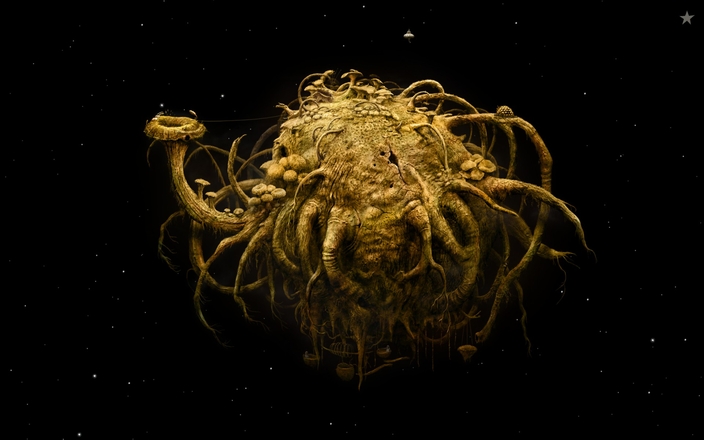
There are some prevailing themes noticeable throughout the game. On several occasions our hero has to deal with giant moths or beetles (each of them beautifully designed); their antennae are like strings, and the player has to pluck them like an instrument in search for the correct sound sequence. Aside from such variations on the classic sound puzzle, the game features other elements characteristic for the developer – animal jam sessions or the uncanny fascination with various kinds of mushrooms.
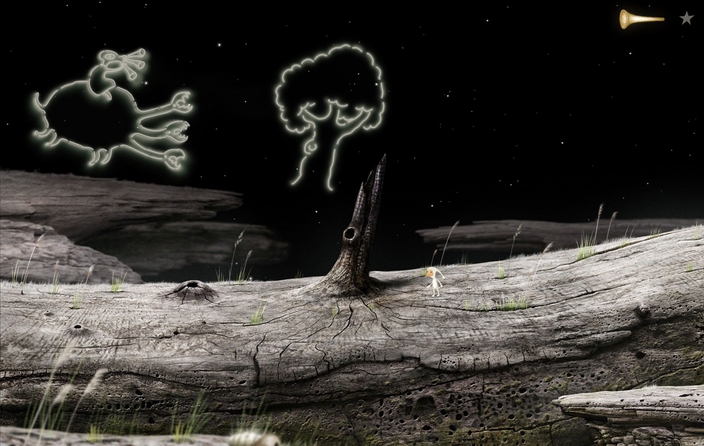
Frankly, the game is such a feast for the eyes and ears that even when we get stuck trying to solve a particularly knotty puzzle or collect a specific achievement, the experience can hardly qualify as frustrating. In such moments, we can always take a break and study a neglected part of the planet, only to discover another amusing creature that will surprise us with unusual sounds – like the performance by a certain pair of beetles, and its baffling similarity to tracks composed by the cello metal band, Apocalyptica. If necessary, nothing prevents us from using the in-game guide in the form of a book locked with a simple puzzle – this option will appeal especially to those of you who aren’t seasoned fans of adventure games, and will be useful to anyone in case certain puzzles turn out to be... less than logical. At least according to our standards, for most of the solutions eventually turn out to be consistent with the laws governing the game world.
Clashes and splashes, squeals and groans
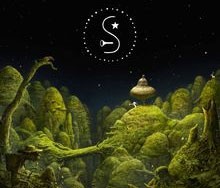
In addition to various ambient sounds, the game also features some lovely tunes. The soundtrack is a blend of various musical genres, employing instruments like saxophone, piano, violin, and banjo, often with a sprinkle of electronic music, which reminds us of the cosmic nature of our expedition.
The audio layer in Samorost 3 is as important as the visuals, and not only in terms of pure aesthetics. That's because the sounds also play a significant role in the narrative. One of the first things to find its way to our hero's inventory is a peculiar instrument with the looks of a trumpet and the sound of a clarinet. The hero uses it to engage in a wordless dialogue with the environment. Sometimes a symbol consisting of white circles and resembling a speaker will appear on certain objects; this means that we can use the trumpet to interact with them. It turns out to be a legit means of communication not only with living beings, but also elements of the environment; through the melody we can "call out" to the spirits inhabiting them. This allows us to learn the fates of subsequent planets and their inhabitants, related to a destructive force roaming the cosmos that must somehow be stopped, but also receive guidance and advice on the tasks and puzzles at hand. We have to remember though that when we “listen” to their stories we must carefully watch and analyze what we see, and sometimes – assuming we don’t want to resort to the walkthrough – even take notes. As the game features no text whatsoever, non-verbal communication is the only thing we can rely on.
There's more to the sounds than the trumpet though. The world, aside from featuring an incredibly vivid visual design, is also filled with an amazing array of sounds. By clicking on various creatures or areas of a given planet, we can evoke all sorts of audio effects which are often quite astonishing. In addition to the sounds of splashing, chirping or growling, we can hear a longing song coming out of the mouths of a group of small worms living on a woody planet, or a monkey-like creature, hidden in a clump of leaves, shouting "Ahoy!" (on a side note, I believe it’s the only comprehensible word used in the whole game). In some cases, deliberate clicking may lead us to a discovery of a complete piece of instrumental music. As in the case of our trumpet-induced conversations with spirits, we should pay close attention to what follows such an amusing performance. In a game like Samorost, responses of the environment are hardly ever just art for art's sake No matter how visually pleasing they are, there's a specific purpose behind most of them.
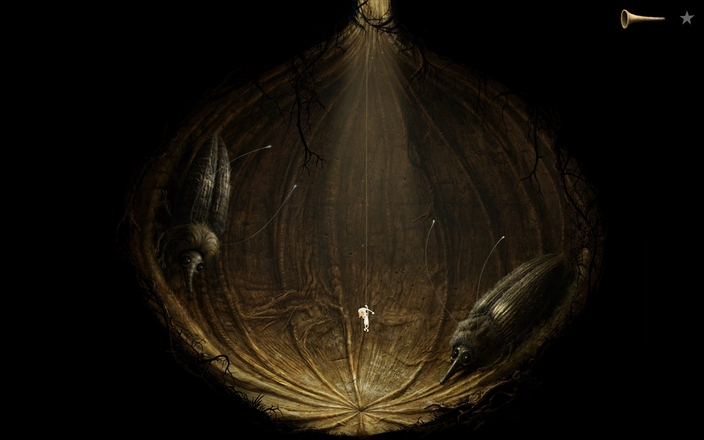
Think or feel?
So what is Samorost 3 really? It is not very difficult to notice that I’ve fawned mostly over the elements that are pleasing to the eye and ear, and not necessarily advance the simple plot or lead to completion of specific objectives. Here comes the big question: is it more of a point-and-click journey or an exploration fueled by wide-eyed, child-like curiosity? In my opinion, it’s definitely the latter. In the introduction, I called Amanita Design's latest work a little piece of art, and that's exactly how it will be perceived by many players – a unique audiovisual experience that, despite its relatively small "size" and indie origin, delivers a top-notch result. Samorost 3 has more in common with art in the traditional sense than many of those dubious modern installations that can be found in galleries these days.
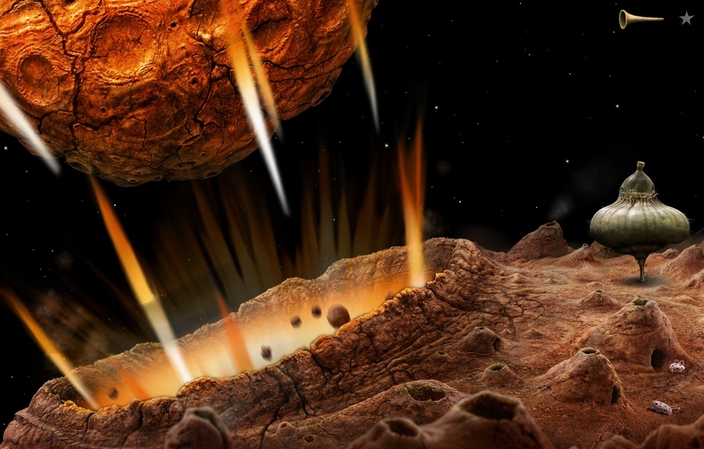
Seasoned puzzle game veterans may sniff at the lack of challenges that would truly flex their brains, but if we look at the game in the context of its aesthetics-focused exploratory nature, it comes as no surprise that the game was made to be accessible for casual players. In the course of several hours of gameplay (4 to 6, depending on the player's familiarity with the genre and eagerness to explore), we can always have a look at the in-game "manual" if all we want is to simply admire the views, click on some flowers and worms, and perhaps reduce stress levels related to certain puzzles. Needless to say, however, the biggest satisfaction comes from having overcome the obstacles though our own efforts, especially the puzzles that required us to give them some thought (and it’s true that the hints provided by the environment are not always clear in showing us in the right direction, which I found slightly annoying). After each success, we can mentally high five our gnomic protagonist, who will cheer triumphantly on our behalf.
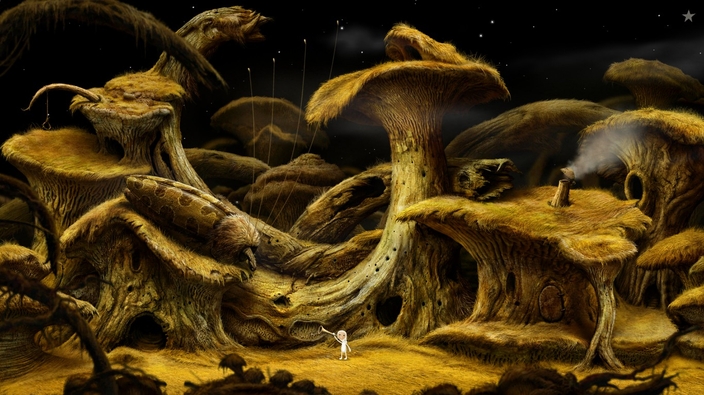
I keep my fingers crossed for the next production from the Czech developer. Whatever Amanita Design comes up with following the adventures of the junkyard robot, the forest bunch, and the interplanetary traveler, we can be sure that it will be another otherworldly and extremely cute adventure, and an outstanding treat for both eyes and ears.
Samorost 3
Samorost 3 Review: A fairy-tale journey through images and sounds
The Czechs at Amanita Design have invited us on a journey through fantastical worlds. This fascinating experience will be a source of delight to those who value aesthetics and attention to detail above all else.
